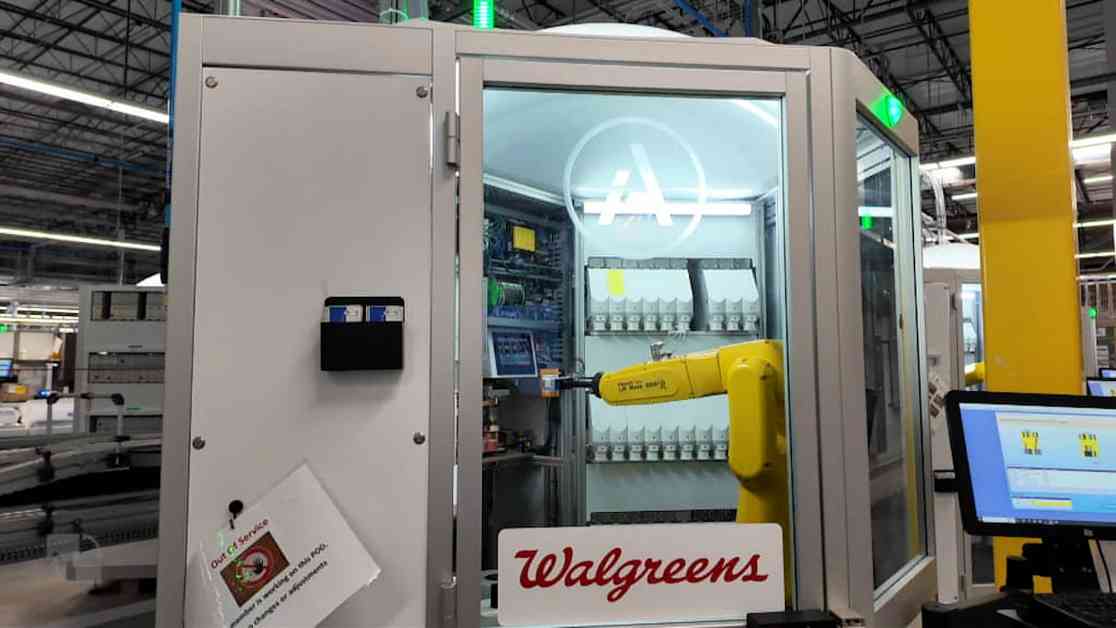So, like, there’s this robotic arm at Walgreens that’s filling prescriptions at their micro-fulfillment center. They’re all about automation over there, trying to get back on their feet in the drugstore world. The center uses robots to fill up loads of prescriptions for folks dealing with diabetes, high blood pressure, and other health stuff. Walgreens is hoping this whole robot situation will free up time for their pharmacy peeps, so they can focus on patients and do more clinical stuff like vaccinations and tests.
They started rolling out these robot-powered centers in 2021, but then they hit pause in 2023 to get feedback and make things better. After some upgrades and new tools, they’re ready to dive back into the expansion game. Walgreens is aiming to have over 5,000 stores served by their 11 micro-fulfillment centers by the end of the year. That’s up from 4,800 in February and 4,300 in October 2023. These centers are handling about 40% of the prescription volume on average, filling up around 16 million prescriptions each month. That’s a whole lot of meds, if you ask me.
The automation push is coming at a time when Walgreens is getting ready to go private in a big ol’ $10 billion deal with Sycamore Partners. They’ve been going through a rough patch as a public company, dealing with all sorts of challenges like the pandemic, lower reimbursement rates, and tough competition. Both Walgreens and CVS are closing down stores left and right to keep the profits coming in. It’s all about staying relevant in the age of online shopping and speedy deliveries.
But, hey, the robot situation seems to be paying off for Walgreens. They’ve saved around $500 million by cutting down on inventory and making things run smoother. Plus, the stores with these robot centers are giving out 40% more vaccines than those without. That’s pretty impressive, right? It’s all about efficiency and care, or so they say.
The way these micro-fulfillment centers work is pretty cool. When a prescription comes in, the system decides if it should go to the store or the robot center. The robots get to work filling up those maintenance medications and refills that aren’t urgent. It’s like a well-oiled machine in there, with robots, conveyor belts, and barcode scanners doing their thing. The pharmacists and techs are there to make sure everything runs smoothly.
Instead of filling prescriptions by hand, the technicians fill up canisters with meds for the robots to dispense. It’s like a little pharmacy dance going on. The robots grab the vials, fill ’em up, and send ’em on their way back to the stores. There are all sorts of safety measures in place to make sure everything goes smoothly. The robots even have their own way of saying “oops” if something goes wrong.
Walgreens has been making improvements to the whole process after listening to feedback. They’ve added new roles to the team and are planning to use smaller vials to save costs. The goal is to ship more prescriptions and make things faster for everyone involved. It’s all about making sure patients get what they need quickly and accurately.
Overall, the robot revolution seems to be working out for Walgreens. They’ve cut costs, increased prescription volume, and are looking to the future. Maybe this whole robot thing isn’t so bad after all. Who knows, maybe we’ll all be getting our meds delivered by robots in the near future.



















